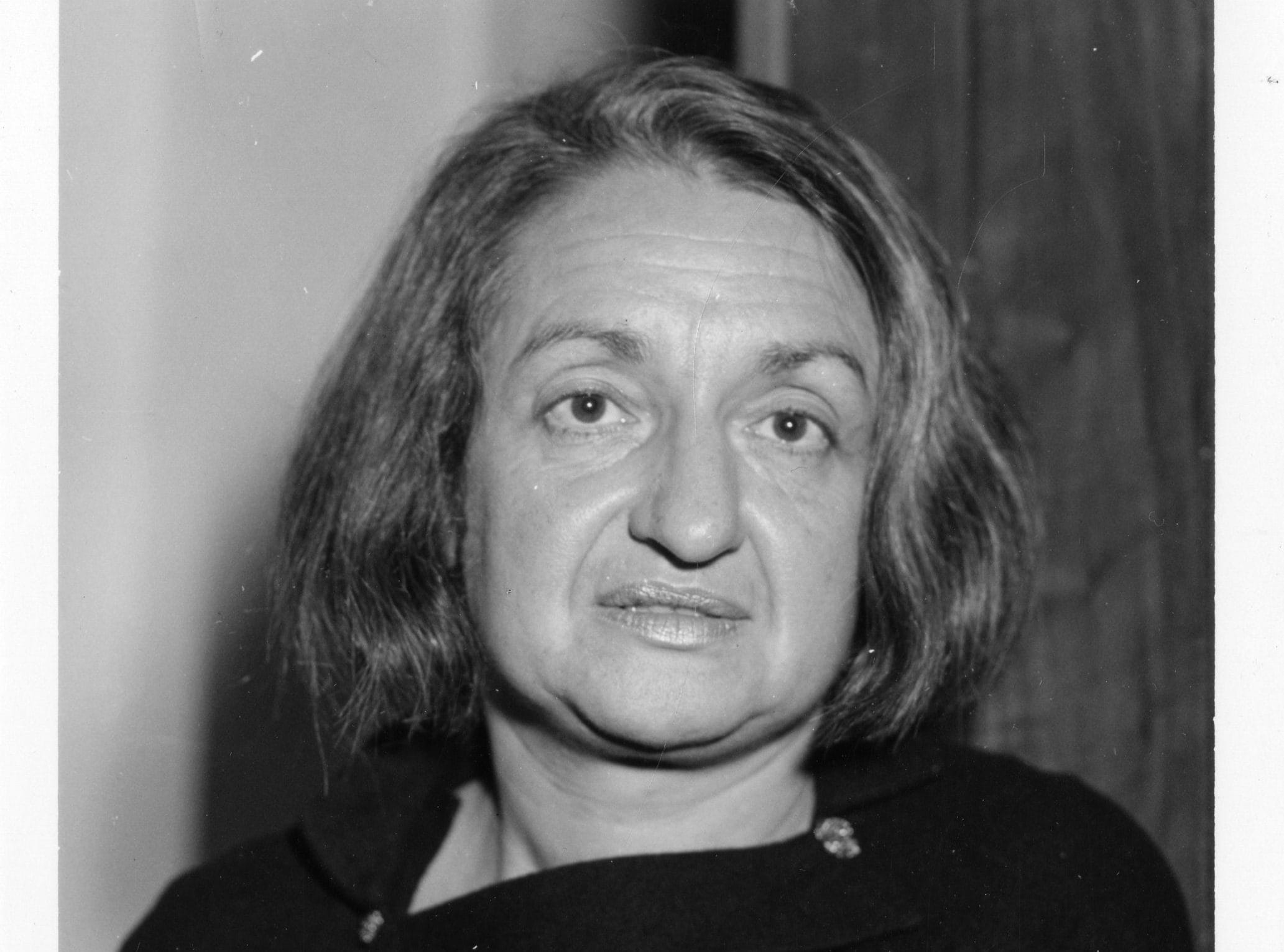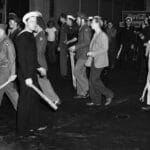The Illusion of Domestic Bliss
In the decades following World War II, American society promoted a seemingly idyllic vision of womanhood: the happy housewife and mother. This image, perpetuated by media and societal expectations, became known as the “feminine mystique.” Betty Friedan, in her groundbreaking 1963 book The Feminine Mystique, dared to challenge this narrative, exposing the discontent simmering beneath the surface of suburban life.
Friedan didn’t rely on speculation; she delved into extensive interviews with women across America. What she discovered was a pervasive sense of emptiness and a lack of fulfillment. These women, often well-educated and seemingly living the “American Dream,” were struggling with what Friedan termed “the problem that has no name.”
“Each suburban wife struggled with it alone. As she made the beds, washed the dishes… she was afraid to ask even of herself the silent question—’Is this all?'” – Betty Friedan, The Feminine Mystique
This powerful statement encapsulates the isolation and quiet desperation felt by countless women who were made to believe that domesticity was their sole purpose. The data supported Friedan’s observations: despite the economic boom, the average age of marriage for women plummeted, and college enrollment rates for women declined sharply as societal pressures pushed them toward marriage and motherhood over education and careers.
Igniting a Revolution: The Birth of Second-Wave Feminism
The Feminine Mystique became a phenomenon, resonating deeply with women who had been grappling with these unspoken feelings. Friedan’s work provided the validation and vocabulary they needed to articulate their discontent. The book served as a catalyst, igniting the second-wave feminist movement and galvanizing women to fight for social, political, and economic equality.
The impact was undeniable. The Feminine Mystique sold over a million copies within a few years of its release, sparking national conversations about gender roles, women’s rights, and the very definition of fulfillment. Friedan’s work helped lay the foundation for organizations like the National Organization for Women (NOW), founded in 1966, which continues to advocate for women’s rights today.
Beyond the Home: Tangible Changes and Lasting Impact
The Feminine Mystique didn’t just spark conversations—it helped effect tangible change. The book contributed to a surge in women pursuing higher education, with college enrollment rates for women increasing dramatically in the decades following its publication. Friedan’s advocacy for equal opportunities in the workforce helped challenge discriminatory hiring practices and paved the way for more women to enter previously male-dominated fields.
Furthermore, Friedan’s emphasis on female autonomy resonated with the growing movement for reproductive rights. The book’s message contributed to a greater awareness of women’s need for control over their bodies and reproductive choices, playing a role in the fight for access to contraception and safe, legal abortion.
The Feminine Mystique at 60: A Legacy of Empowerment
While The Feminine Mystique has faced criticism for its primary focus on the experiences of white, middle-class women, its core message of self-actualization continues to resonate across generations. The book’s exploration of societal expectations, gender roles, and the pursuit of personal fulfillment remains strikingly relevant in the 21st century.
Today, women still grapple with many of the issues Friedan raised. The pressure to “have it all”—a successful career and a fulfilling family life—can feel overwhelming. The gender pay gap persists, and women remain underrepresented in leadership positions across various industries.
However, Friedan’s work serves as a reminder that progress is possible. Her book sparked a movement that has achieved significant advancements for women, and her legacy continues to inspire individuals to challenge the status quo and strive for equality in all spheres of life. By acknowledging the limitations of Friedan’s perspective and engaging with the work of intersectional feminist scholars, we can build upon her foundation, ensuring that the fight for women’s rights remains inclusive and responsive to the diverse experiences of all women.
Internal Links:
Did you know Rosa Parks and Martin Luther King, Jr. had different approaches to the Civil Rights Movement? Well, now you can explore the fascinating differences between these two iconic figures! And if you’re interested in learning more about the similarities between the Watts Riots and the Zoot Suit Riots, be sure to check out this informative article: Similarities Between the Watts Riots and the Zoot Suit Riots.
- Unlock Water’s Symbolism: A Cross-Cultural Exploration - April 20, 2025
- Identify Black and White Snakes: Venomous or Harmless? - April 20, 2025
- Unlocking Potential: Origins High School’s NYC Story - April 20, 2025















